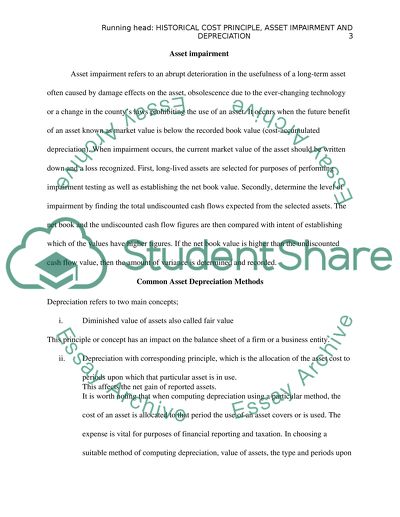Cite this document
(“Explain why the historical cost principle is used to account for Essay”, n.d.)
Retrieved from https://studentshare.org/finance-accounting/1467650-explain-why-the-historical-cost-principle-is-used
Retrieved from https://studentshare.org/finance-accounting/1467650-explain-why-the-historical-cost-principle-is-used
(Explain Why the Historical Cost Principle Is Used to Account for Essay)
https://studentshare.org/finance-accounting/1467650-explain-why-the-historical-cost-principle-is-used.
https://studentshare.org/finance-accounting/1467650-explain-why-the-historical-cost-principle-is-used.
“Explain Why the Historical Cost Principle Is Used to Account for Essay”, n.d. https://studentshare.org/finance-accounting/1467650-explain-why-the-historical-cost-principle-is-used.


